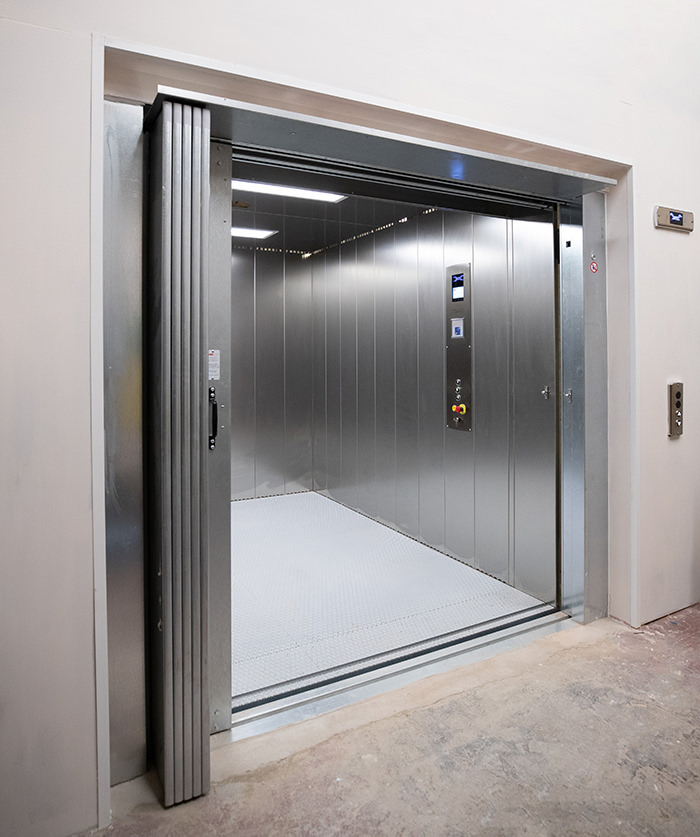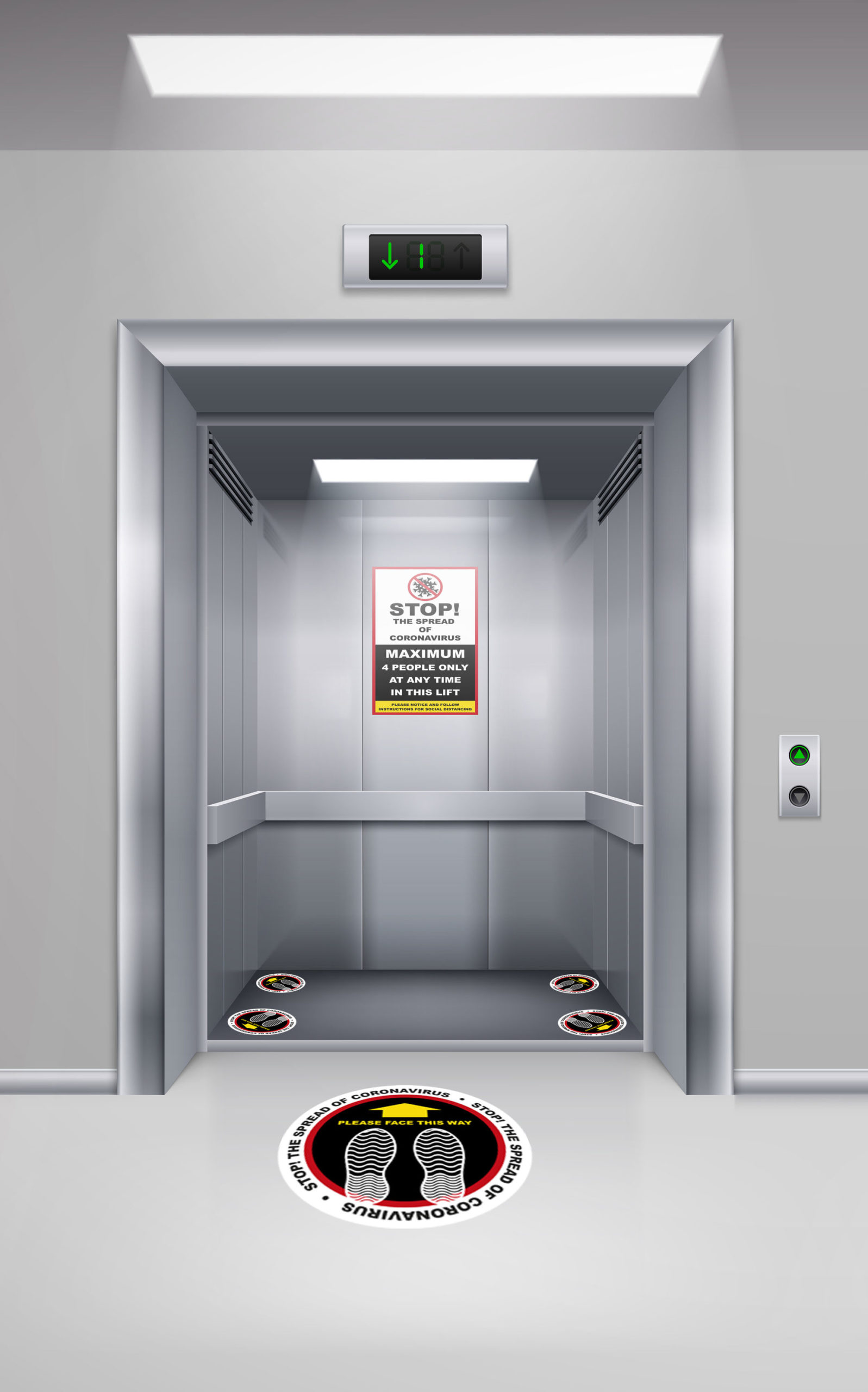Top Lift Companies in London: Offering High Quality Installations and Upkeep
Top Lift Companies in London: Offering High Quality Installations and Upkeep
Blog Article
Looking Into the Globe of Elevators: Common Concerns Dealt With by Various Lift Devices
As we browse through the upright transportation systems of modern structures, lifts stick out as an essential element of our every day lives. Nevertheless, behind their smooth operation lies a world of elaborate mechanisms that can often experience obstacles. From hydraulic elevators to traction systems and machine-room-less layouts, each lift type includes its collection of common problems. Understanding these difficulties is crucial for making sure the smooth performance of these vital systems. Let's check out the complexities that underlie the operation of lifts and the possible issues that can develop, losing light on the intricate web of lift devices.
Hydraulic Lifts
Hydraulic elevators, typically favored for low-rise buildings, make use of fluid stress to control the movement of the elevator auto (lift repair companies). This mechanism involves a hydraulic pump pushing oil into a cylinder, triggering the lift to relocate in the wanted direction. While hydraulic lifts are known for their smooth and peaceful procedure, they do include their own set of common issues
One common issue with hydraulic elevators is oil leakage. The seals in the hydraulic system can wear in time, causing oil seepage. If left unaddressed, this not only develops a mess yet can additionally influence the lift's efficiency. Furthermore, problems with the control system, such as defective valves or a malfunctioning pump, can cause disruptions in the elevator's motion.
Regular maintenance and timely repair work are necessary to make sure the smooth functioning of hydraulic elevators. By attending to these typical problems proactively, building owners can reduce downtime and make certain the safety and security and performance of their vertical transport system.
Grip Elevators
When taking into consideration vertical transportation systems in structures, another usual type besides hydraulic elevators is the traction lift. Traction lifts operate making use of a system of ropes and weights that move the lift vehicle by clutching onto the hoist ropes. This system allows for smoother and much faster vertical transport compared to hydraulic systems.
Among the common concerns faced by grip elevators is rope wear. The continuous movement of the ropes within the grip system can lead to damage gradually, potentially triggering the lift to malfunction or come to be hazardous for usage. Regular examinations and maintenance of the ropes are important to ensure the lift's proper functioning and safety and security.
Another problem that grip elevators may run into is related to the control system. Issues with the control system can lead to problems such as irregular activity, delays in action times, or perhaps total closures. Regular testing and maintenance of the control system are critical to avoid such concerns and guarantee the lift's reliability.
Machine-Room-Less (MRL) Elevators

Among the essential parts of MRL elevators is the compact gearless grip machine that is mounted within the hoistway. This device efficiently drives the lift blog automobile without the need for large equipment discovered in traditional grip elevators. Furthermore, MRL elevators normally make use of a counterweight system to balance the car, additional enhancing their energy performance.
Despite their benefits, MRL lifts might face difficulties associated to maintenance and repair service as a result of the confined space for devices setup. Access for servicing components within the shaft can be limited, requiring specialized training for service technicians. Correct upkeep timetables and regular inspections are crucial to make sure the ongoing smooth procedure of MRL lifts.
Overloading and Weight Restriction Issues
Straining and weight restriction concerns are critical concerns in lift procedures. Elevator manufacturers layout raises with particular weight capacities to ensure guest security and equipment longevity.
When elevators are strained, it places extreme strain on the electric motor, wires, and other components, potentially causing breakdowns or failures. If they discover excess weight, safety systems such as sensors and overload sensing units are in place to protect against elevators from moving. Additionally, going beyond weight limits can cause increased power consumption and damage on the browse around this web-site elevator system.
To alleviate overloading problems, developing supervisors ought to plainly display weight limitations in lifts and inform occupants on the significance of sticking to these restrictions - lift repair companies. Routine upkeep checks by qualified professionals can also assist make certain that elevators are running within secure weight parameters. By resolving overloading and weight limit problems proactively, structure owners can improve lift safety and security and efficiency
Electric System Failings
Exceeding weight limits in elevators can not only lead to mechanical issues yet additionally possibly add to electric system failures within the lift framework. Electric system her explanation failings are an important concern in elevator procedure, as they can create unforeseen shutdowns, breakdowns, or also security dangers.
Routine upkeep and evaluations are essential to recognize and address possible electric issues immediately, guaranteeing the secure and efficient operation of elevator systems. By sticking to weight limits and carrying out regular electric system checks, building owners can reduce the threat of electrical failures in elevators.
Final Thought

Hydraulic lifts, often liked for low-rise buildings, utilize fluid pressure to manage the activity of the elevator car.When taking into consideration vertical transport systems in buildings, one more usual type aside from hydraulic lifts is the traction elevator. Grip lifts run making use of a system of ropes and weights that move the lift vehicle by clutching onto the hoist ropes. Unlike standard lifts that require a separate machine room to house the tools, MRL elevators incorporate many of the components within the shaft, getting rid of the demand for a devoted maker area.In conclusion, elevators deal with usual concerns such as hydraulic malfunctions, traction system failures, and electrical system problems.
Report this page